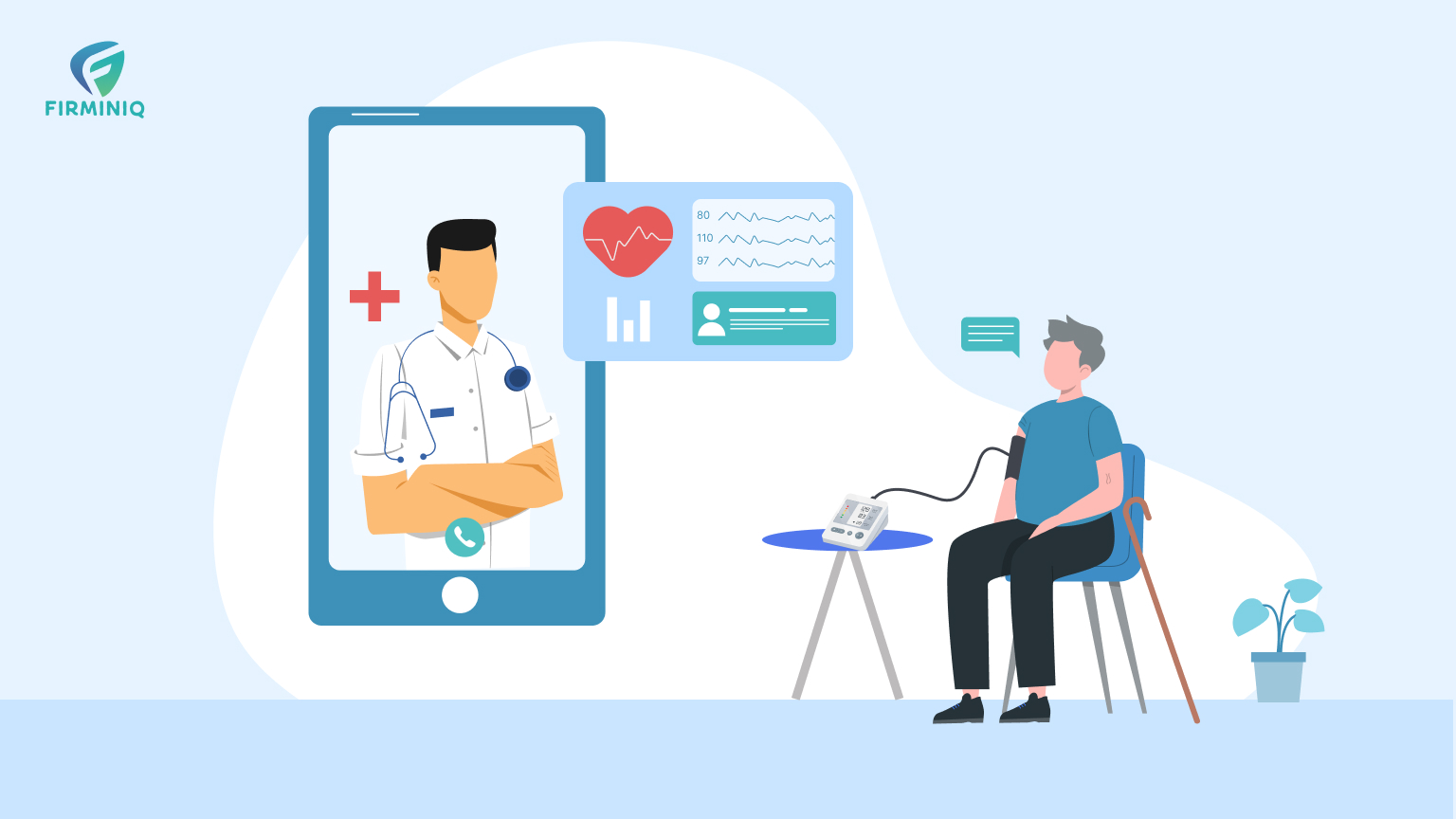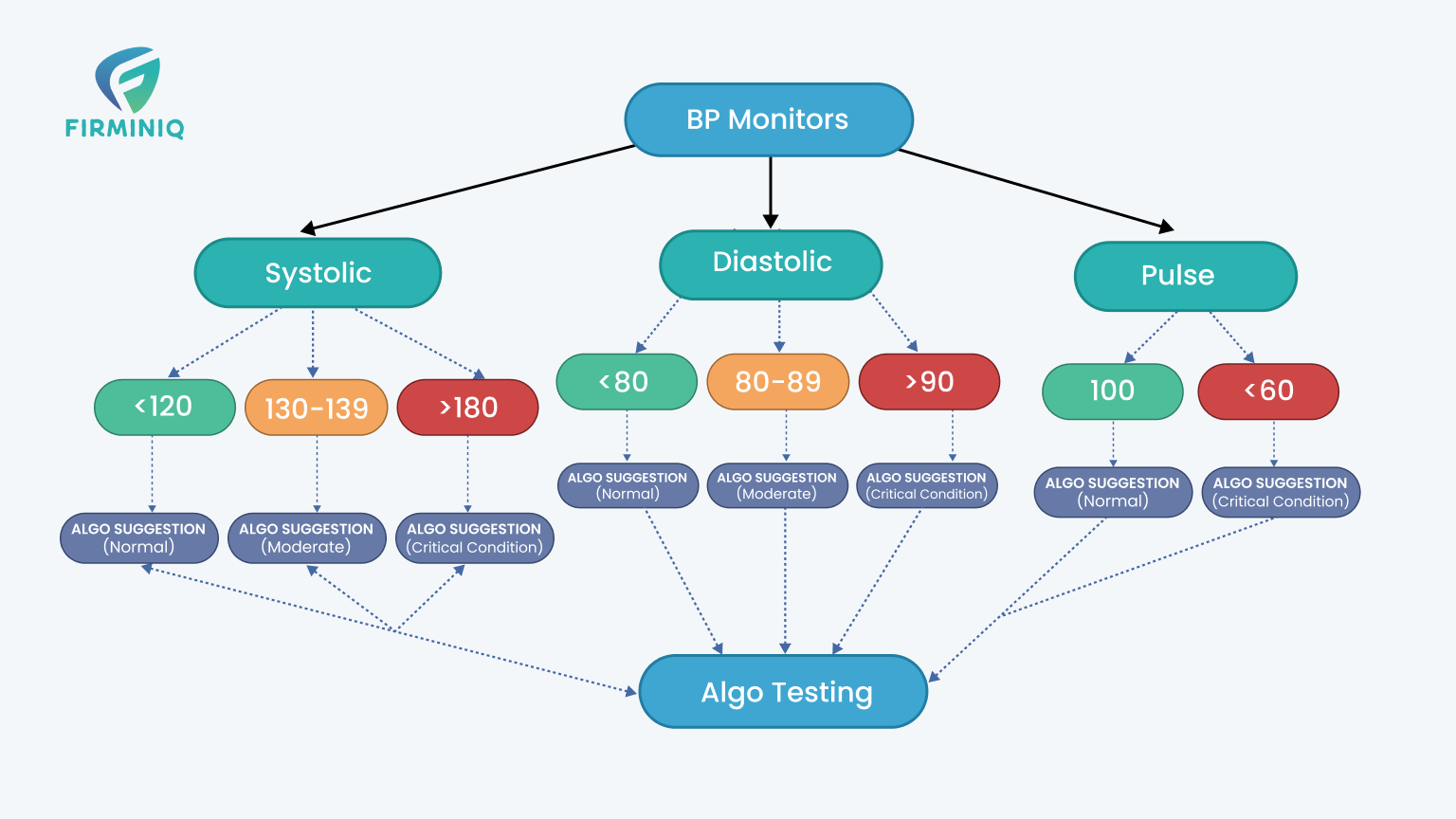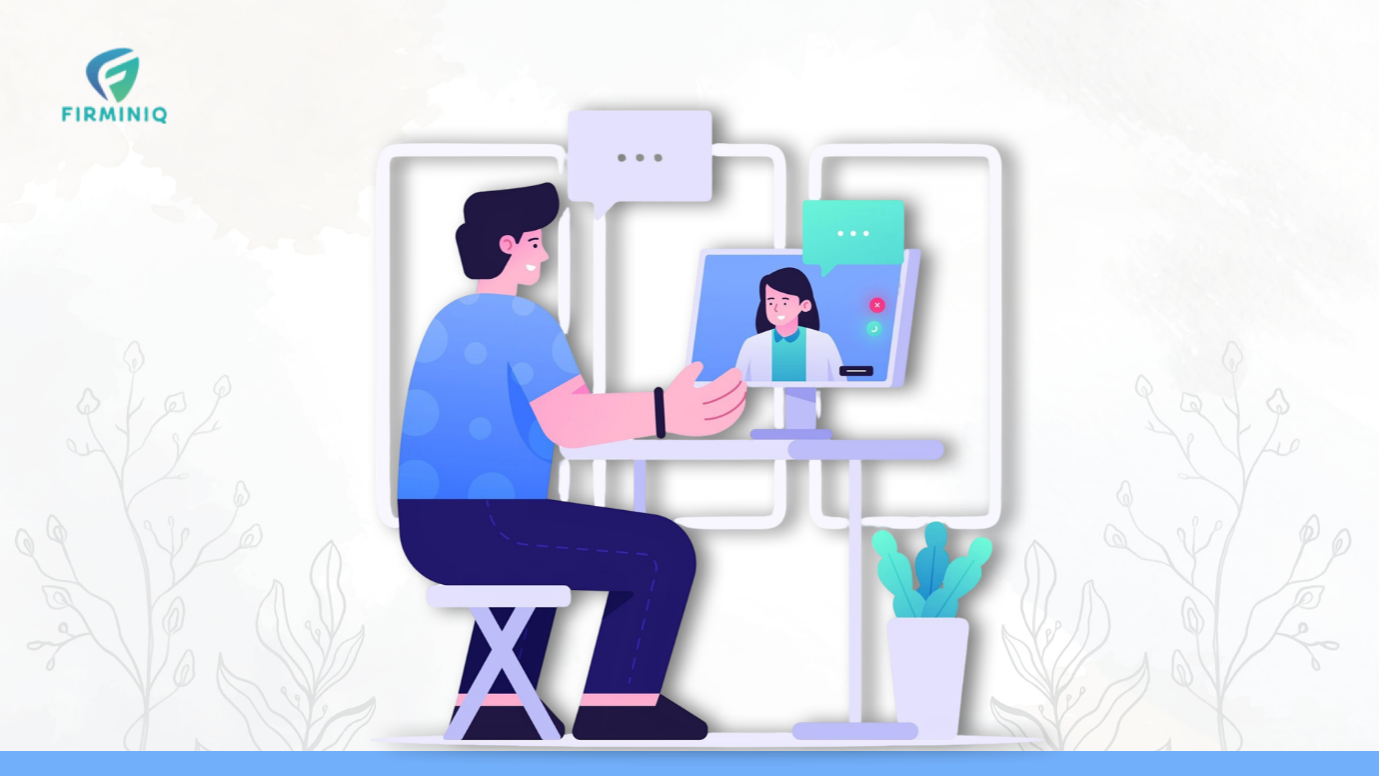Driven by technological advancements, Remote Patient Monitoring (RPM) continues to evolve and has a promising future in healthcare. The focus has increasingly shifted towards patient-centric, where their needs take center stage. Traditionally, healthcare providers were proactive, while patients played a passive role in their own care. However, with the increase in connected healthcare devices and apps, individuals can participate in their own healthcare journey leading to improved overall health outcomes.
Leveraging the technology integrations, wearable sensors, applications, cloud-based platforms, telehealth and more allows RPM to seamlessly measure the health metrics of the patients at the comfort of their home. The shift in the paradigm towards proactive care enhances the overall efficiency of the healthcare system and eliminates hospital visits for the patients.
These advancements also allow RPM to expand its scope to a range of scenarios like post-operative care, mental health monitoring, and maternal and fetal health monitoring. It is revolutionizing healthcare for patients with more personalized and proactive care while making it easier for the providers to intervene earlier resulting in better outcomes. As we dig deeper into RPM, we talk about the emerging trends set to transform patient care and healthcare delivery.
Future Trends in RPM that Drive Innovation
In recent years RPM has been enhancing physician practices and elevating the level of care they provide to the patients. Let us dive into the trends you must know.
1. AI and Predictive Analytics
AI and predictive analysis enable more proactive and personalized healthcare interventions in RPM. As RPM advances integration of AI algorithms help analyze data that is collected via healthcare devices in real time. Leveraging technology, healthcare providers can identify patterns, and trends and foresee any sort of deterioration in a patient’s condition before the symptoms arise.
For example, AI algorithms analyze physiological data like blood sugar levels and predict the likelihood of a patient suffering from diabetic conditions. Identifying the patient with higher conditions of risk helps physicians intervene early while saving the lives of the patients. By predicting the patient’s condition early there are reduced hospital readmissions, emergency visits, optimized resource allocation, and more.
2. Extended Utilization of Wearable Devices and Sensors
Wearables and sensors have always been a cornerstone of RPM and connected healthcare, but their capabilities continue to be enhanced. Smartwatches, sensors, and other devices help patients measure physiological parameters like blood glucose levels, heart rate, blood pressure, and more. With technological advancements, these devices are also changing and allowing for a more comprehensive and real-time monitoring of data.
This allows for remote monitoring and real-time data analysis, enabling healthcare providers to detect health issues early, intervene promptly, and tailor treatment plans to individual patient needs. Wearable devices now encompass a broader array of parameters, extending their application into maternal care and mental health monitoring with increased accuracy. The sensors embedded in the body possess the capability to monitor environmental factors like temperature and humidity while offering valuable insights into the overall well-being of humans.
Also, there is advancement in connectivity technologies like Bluetooth, and cellular networks to enable seamless transmission of data between wearables and healthcare providers systems.
3. Telehealth Integration and Virtual Care
Factors like the aging population, disparities in healthcare access, and workforce shortages drove the demand for virtual care especially after the pandemic. As a result, there was a demand to emphasize integrating telehealth services and virtual care offerings in RPM, and this will significantly grow in the coming years.
With such integrations in RPM, patients can leverage services in the comfort of their homes with real-time data tracking while eliminating geographical barriers. It streamlines communication between the patients and providers via audio/video call support, improves access to care, and ensures seamless delivery.
Moreover, telehealth integration allows the implementation of electronic health records (EHRs) and other platforms that ensure interoperability with the secure exchange of information between patients and providers. The platform ensures secure data sharing with care continuity across healthcare.
4. Extended Use Cases
Leveraging RPM to manage chronic conditions, mental health issues, maternal care, and other healthcare needs is a vital trend that has significant importance. RPM allows patients with such conditions to continuously monitor their vitals from the comfort of their homes and avail themselves of the treatment. Medical device integration allows patients to track their vitals, medication adherence, symptoms, and more.
Leveraging RPM for the management of chronic and other conditions also allows providers to address the complications while leading to better health outcomes and reduced hospitalizations. For more details on how RPM helps, also read
RPM enables personalized care plans tailored to each patient’s unique needs, promoting patient engagement.
5. Blockchain for Data Security
With the rapid growth of RPM and the transmission of sensitive health information, healthcare organizations face concerns about the potential risks of data breaches and unauthorized access. In response, there is a growing recognition of the need for robust data security measures to safeguard patient information against cyber threats and privacy breaches.
Utilizing blockchain ensures the security and integrity of data. It is decentralized, by distributing data across a decentralized network, blockchain can reduce the risk of data loss for healthcare organizations. The data is secured by cryptographic algorithms that ensure the data cannot be breached.
Epilogue
RPM has enormous potential in healthcare and holds a promising future. Harnessing the potential of robust technological innovations offers more personalized care. Adopting these trends and innovations helps shape the future of connected healthcare making it more accessible and patient centric.
By harnessing the power of technology and emerging trends we can help you create a future where healthcare is more connected and patient centric. If you are looking forward to building an RPM solution, our proficient team can help in developing solutions as per your requirement. Reach out to us for more details.







